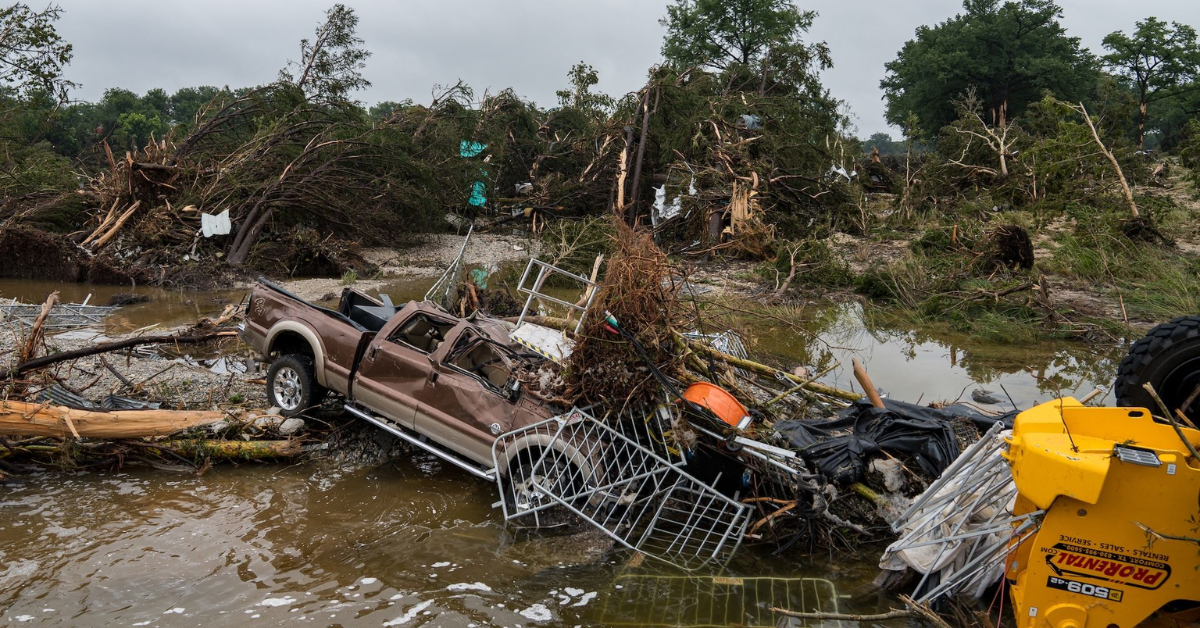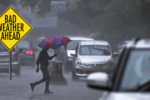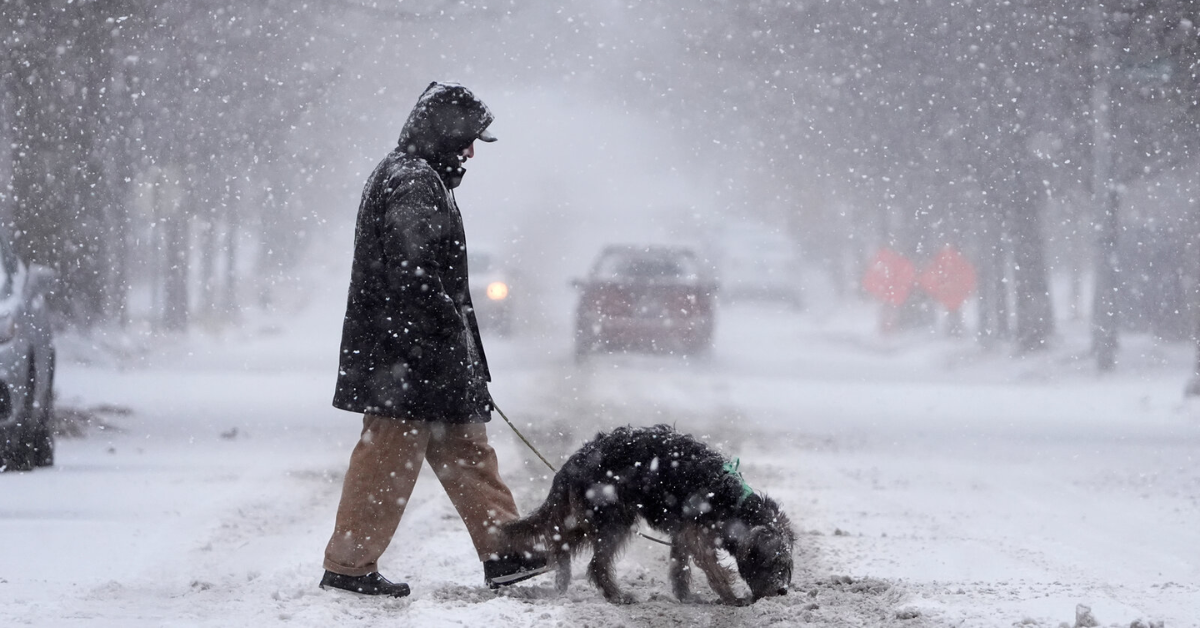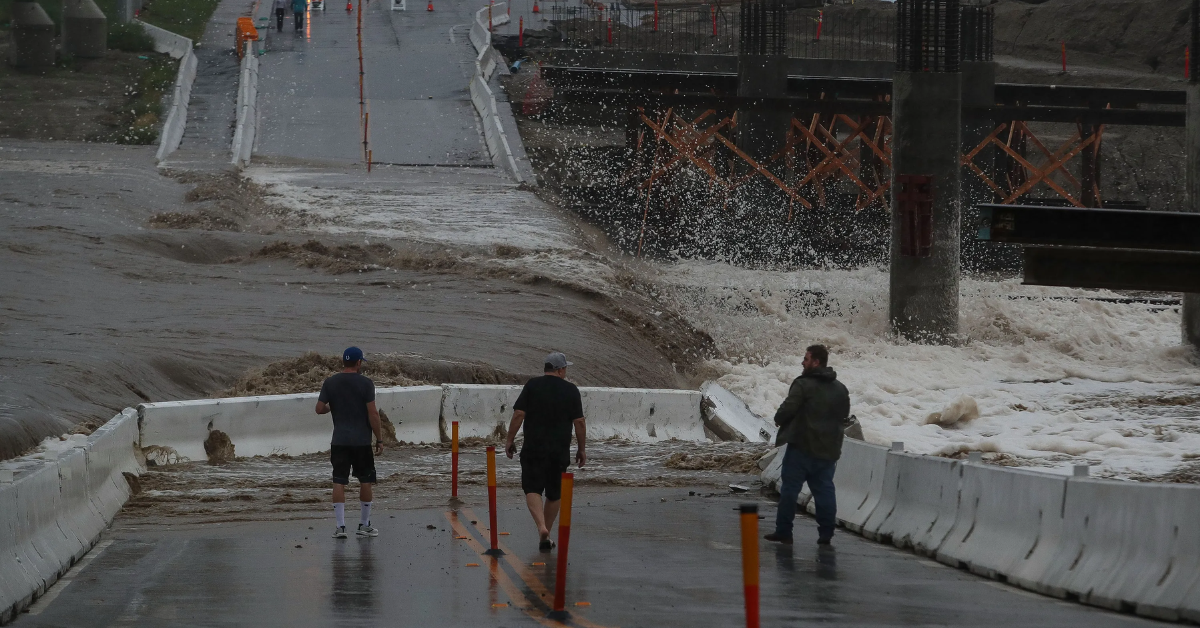Residents of South-Central Texas are facing an urgent flash flood warning as heavy rains continue to pour down, causing rapid water levels in rivers and streams. The National Weather Service (NWS) has issued alerts urging everyone in affected areas to move quickly to higher ground to avoid life-threatening situations. These flash floods can develop within minutes, catching many by surprise, so preparedness is critical.
Flash floods are especially dangerous because they bring sudden, powerful water flows that can sweep away vehicles, damage homes, and block roads. Experts emphasize the importance of not underestimating the threat and advise following updates from local authorities. For more detailed updates, you can visit the National Weather Service website.
What Exactly Is a Flash Flood and Why Is It So Dangerous?
A flash flood is a rapid flooding event usually caused by intense rainfall over a short period. In South-Central Texas, the geography with hills and narrow valleys can make these floods even more severe and fast-moving. Unlike regular floods, flash floods happen suddenly, often with little warning, leading to dangerous conditions on roads and in neighborhoods.
The speed and volume of water during a flash flood can trap and injure people, damage infrastructure, and isolate communities. Authorities remind residents never to attempt crossing flooded roads, as even small amounts of moving water can knock someone off their feet or stall vehicles. The Texas Department of Emergency Management provides safety guidelines for flash floods.
How Should Residents Prepare and Respond to the Flash Flood Warning?
Residents in flash flood-prone areas should take the warning seriously. First, move to higher ground immediately if you are in a low-lying area or near rivers and streams. Do not wait until the flooding begins to take precautions. Prepare an emergency kit with essentials like water, food, medications, and important documents in case you need to evacuate quickly.
Stay informed by listening to local news and weather reports via TV, radio, or smartphone apps. Avoid driving through flooded areas; many accidents occur when drivers attempt to cross flooded roads. If trapped, seek shelter on the highest possible level and call for help. The Ready.gov flood safety guide outlines important steps to stay safe during such emergencies.
Impact of Flash Floods on South-Central Texas Communities
South-Central Texas communities often face significant disruptions during flash floods, including property damage, power outages, and blocked transportation. Schools and businesses might close, and emergency services can become stretched thin. Floods also pose health risks due to contaminated water and increased potential for accidents.
The economic impact can be severe as well, with costs associated with repairs and lost income. Long-term recovery can take months, underscoring the importance of community awareness and preparedness. Local governments encourage residents to have flood insurance and an evacuation plan in place to reduce risk.
Stay Updated and Stay Safe
To keep up with the latest information about the flash flood warning in South-Central Texas, check reliable sources like the National Weather Service and local emergency management agencies. Social media channels and community alert systems can also provide real-time updates and instructions.
Remember, your safety is the top priority. Do not ignore warnings, remain alert, and cooperate with emergency personnel during evacuation orders. Taking these precautions seriously can save lives during flash floods.







